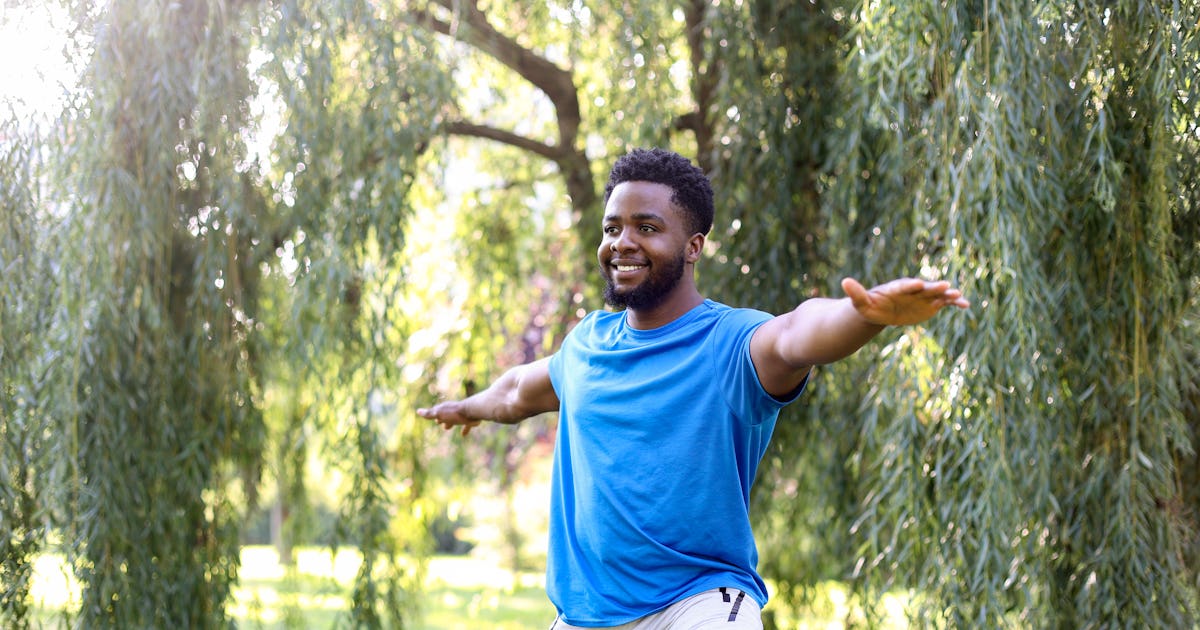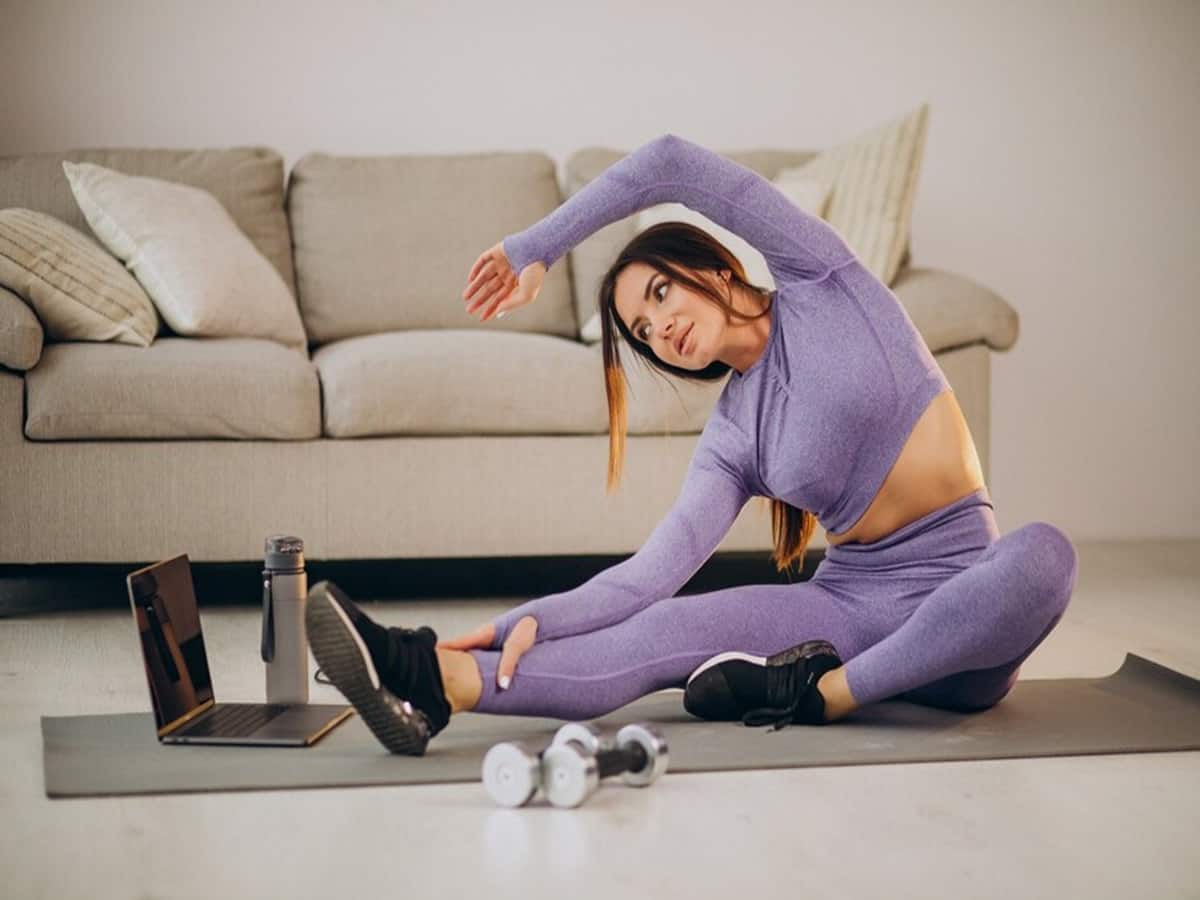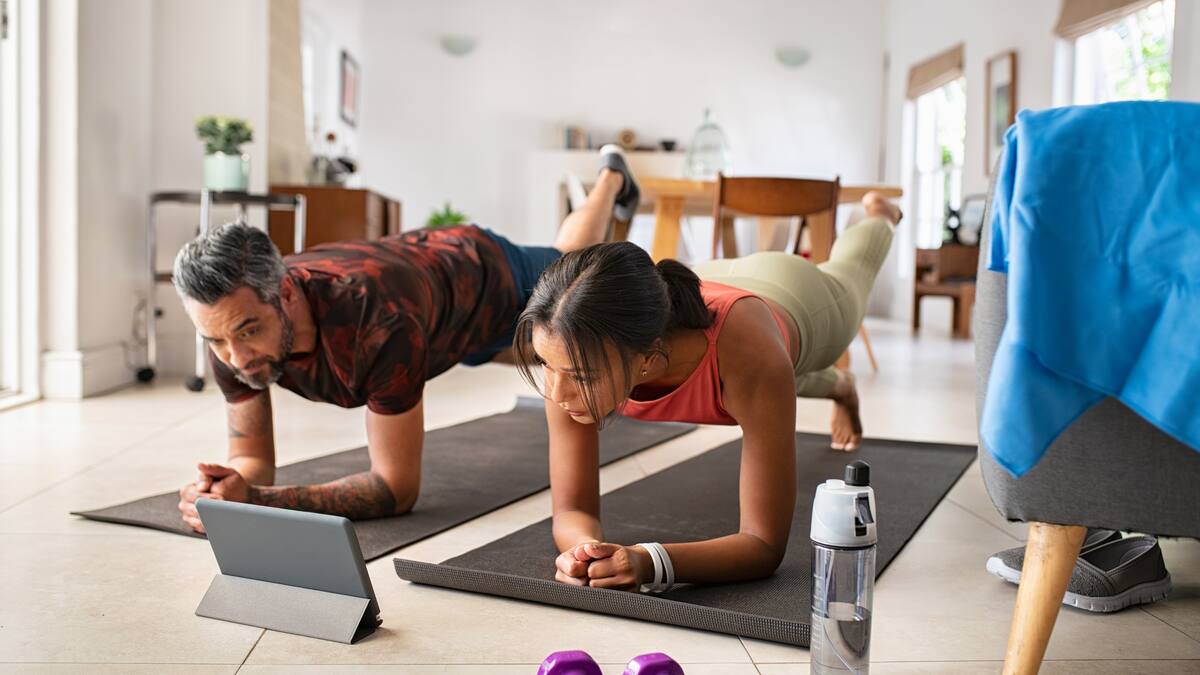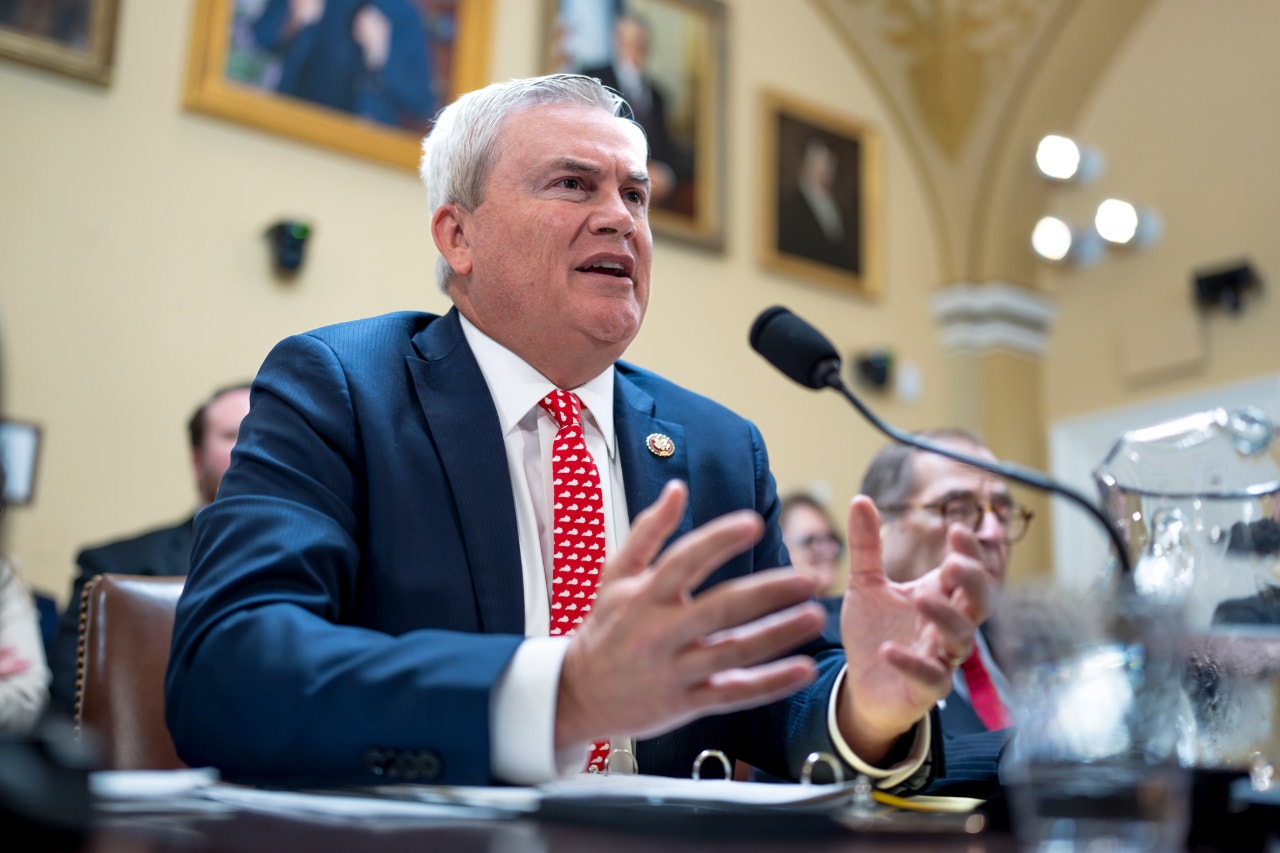Fitness
Snooty health goals serve as an escalator at India Inc

That fitness watch on the wrist, the sugar tracking patch slapped onto your arm, and a coterie of colleagues and competitors hooting each time that exercise goal-post is achieved. All these may indicate that you are now in the corporate health sorority, and that your career is on an uptick, set to ascend an escalator to higher levels. While projecting marathon medals, holding discussions on protein supplements and breakfast meetings in curated ‘stay fit cafes’ are all welcome for the health of Indian managers, India Inc also appears to be developing a snooty attitude against those who are not in this health race.
“This year, a select few headed out to London and then we headed for treks from there. Every year, we select a different place that requires training. We time ourselves and we want to keep the group small, so even if others want to join, we do not let them,” a senior partner at a search firm told me. Networking over golf was restricted to managing directors and CEOs until a few years ago. But, as the corporate world swung towards relative youth, often on account of a digital pivot, the greying of C-suite roles went into reverse and senior positions opened up to a younger lot. The youth premium seems to have fanned a corporate health and fitness cult as well. As a value proposition for important roles, it has the appearance of an invisible check-box.
Agreed that with fitness comes in agility and possibly alertness, which is the bedrock for decision making, but given the surge of treadmill collapses across India, get-fit enthusiasm in itself is not a wise measure of how long someone can work under high pressure without buckling, and people’s actual health is a private matter.
The fitness coteries that form at the workplace tend to be exclusive clubs, given the typical expenses borne. Personal trainers , supplements, memberships of top-bracket gyms and coaching classes could set one back by at least ₹20,000 a month. On top of that, close-knit groups often head out for big-ticket health retreats or costly treks.
If this is the investment needed for basic participation in the fitness race, then those who have educational loans to pay off, or other family-related financial burdens, find themselves at an instant disadvantage.
In Mumbai, membership of neighbourhood fitness groups can serve as tip pick-up points of corporate affairs, with stock markets often discussed at the gyms and swimming pools of fancy high-rise apartment blocks. Middle-order managers looking for ascent paths often choose to squeeze their pay-cheques to rent expensive flats just for access to another kind of ‘health talk.’ Health patches are not just a sign that one is careful about one’s health, but have transformed into a kind of calling card.
At another end, there are displays of aggression on squash and tennis courts, games that roll health into a competitive spirit seen as vital in the corporate world . The line between an active lifestyle choice and advertising an alpha personality for peers and superiors to note could, however, be a thin one.
Getting fitter in India’s big but cramped cities requires access to facilities and advice that only the well-off can afford. It also demands time, and women who have home chores are often at a particular disadvantage on this count. Those who must travel long distances to reach their offices, and also have other responsibilities, rarely get the time for dedicated health pursuits. For many, especially after the pandemic’s effects, going back home only to open a laptop and wrap up work is now common. The ones who have the luxury of time tend to live in closer proximity to their workplaces, work from home or have a retinue of household help. This again ensures that not all executives get an equal opportunity.
The practice of snobbery makes ample use of pretensions, and here too, catching up with a corporate somebody for a few games of tennis is often dressed up as a casual matter of chance, even if there is a well laid-out plan of using fitness as a ticket to membership of a power-exerting club in unofficial existence. A good game on a given day with a senior may even be as important as a good day at work.
And then there are diet distinctions, too. The younger lot fresh out of colleges and earning a living in big cities often do not have much choice but to wolf down the cheap and unhealthy meals, while corridor talk can move to costly food items and nutritionally balanced diets. There are online food delivery apps that promise the very best on this score, and various ways to track one’s food intake, but again, executives on tight household budgets can hardly afford to adopt these dietary plans, much less subscribe to high-end health-food services.
It is good to do what can be done to stay healthy, and it’s true that unhealthful pursuits or habits must be discouraged. But when pricey fitness regimes and diet plans take on the function of class markers for upward mobility within a corporate setting, then it goes against the ideal of an equal opportunity for all. Often, misguided fitness fans end up doing themselves a health disfavour. And a gadget worn on an arm is no barometer of anyone’s capabilities.
“Exciting news! Mint is now on WhatsApp Channels 🚀 Subscribe today by clicking the link and stay updated with the latest financial insights!” Click here!
Download The Mint News App to get Daily Market Updates.
More
Less
Updated: 05 Oct 2023, 07:30 PM IST

Fitness
Spanish specialists recommend the elderly to combine physical exercise and socialization

In the weight room of a gym located in the Moratalaz neighborhood in Madrid, three women and one man, all between 60 and 70 years old, chat while resting between sets of exercise. “We need to start thinking about Christmas dinner. We should start making reservations. We could go to the restaurant we went to last year,” says one of the women. “I can call now if you want and make a reservation,” the man responds, taking out his smartphone from his pocket. “Make a reservation for at least 25 people,” adds another person present.
That same day, in the afternoon, 350 kilometers away, in a municipal gym in a town in the l’Horta Sud region of Valencia, Yedri Martín, 64, attends her pilates and functional training classes. She is accompanied by a group of friends she has made between classes. They call themselves “the warriors”. “At first, we were just acquaintances from the town, but now we are great friends. So much so that we have even included our partners, who are delighted with how much fun we have,” she says. The gym classes have led to many other activities enjoyed together: hiking routes, popular races, meals and dinners, Latin dance classes, trips…
The “warriors”, as the group at Yedri Martin’s gym calls themselves
Juan Luis Muñoz, fitness coordinator at the Body Factory gym in Tres Cantos (Madrid), observes this reality every day during his work. He does so especially in the mornings, the time slot when more seniors attend, “especially in large sports centers, which tend to be quite crowded in the afternoons.” Additionally, during the mornings, as he points out, there are more activities specifically designed for this demographic: classes for a healthy back, maintenance gymnastics, aquafitness…
“I believe that beyond the health goal – aging actively, maintaining muscle mass, flexibility, etc. – among older people there is indeed a significant component of socialization, of interacting not only with people their age but also with younger people. There are older individuals who are very lonely and who find in the gym a way to socialize while doing something they understand is good for them,” reflects Muñoz.
Exercise against loneliness
According to 2021 data from the INE’s Population and Housing Census, in Spain there are more than two million households consisting of a single person over 65 years old. 70% of these households (over 1.4 million) are formed by a woman. And according to the results of the Barometer of Unwanted Loneliness in Spain 2024, 14.5% of the population between 64 and 75 years old experiences unwanted loneliness, a percentage that rises to 20% in the group of people over 75 years old; and is higher in both cases among women.
Unwanted loneliness among this population group, as pointed out by Esther Camacho, coordinator of the Working Group for the Promotion of Good Treatment towards Older People at the Official College of Psychologists of Madrid, is “one of the most significant social challenges” facing Western countries, including the United States, due to the consequences that this involuntary isolation has on the population. Not surprisingly, loneliness is directly linked to an increased risk of emotional, cognitive, and physical deterioration. “An active social life prevents the development of dementia and reduces the risk of depression and anxiety, which are very common issues in this population. Additionally, it also reduces the risk of falling into addictions, both substances and gambling; and of suffering from frailty, sarcopenia, and certain chronic diseases,” she points out.
An active social life prevents the development of dementia and reduces the risk of depression and anxiety”
The psychologist explains that social relationships and sense of belonging are affected by aging, as there is a disruption of roles due to retirement and/or the loss of loved ones. In this sense, Esther Camacho believes that gyms can be a space – as good as dance classes or any other activity involving social interactions – to feel part of something again and connected to the world. “Activities like these allow people to meet others with similar ideas, of the same and different ages; and these relationships create community, a sense of group, increase overall well-being, and help maintain the person’s identity and combat unwanted loneliness,” she explains.
This idea is shared by Dr. Ángel Durántez, a pioneer at the national level in promoting Proactive Preventive Medicine and Medicine for Healthy Aging. In his opinion, social relationships are as necessary for healthy aging as physical activity, so being able to develop both aspects in the same place is ideal. “It’s not the same to socialize at the bingo hall as it is at the gym. And it’s also not the same to go hiking alone as it is in a group,” asserts the expert, highlighting that socialization and sports positively reinforce each other: “Socializing at the gym improves adherence to physical activity, and we also know that exercising enhances the desire to communicate with others.”
Socializing at the gym improves adherence to physical activity”
A reflection seconded by Esther Camacho, who believes that socialization is a “strong motivator” for maintaining a commitment to exercise. “Many older people who might not feel motivated to exercise on their own find in these activities that community and that support that motivates them to continue even if it rains or snows. That sense of belonging is crucial for human beings, and the emotional support you get in these groups creates a virtuous circle that encourages exercise,” she argues.
Yedri Martin confirms this from experience, acknowledging that what motivates her the most to go to the gym every day is knowing that she will meet her group of friends. “Once there, I forget about any problems I may have and just focus on having a good time: we talk, laugh, and, of course, exercise, which helps us stay in good physical shape,” she concludes.
Fitness
Intense 30-minute exercise gives you more brain power than regular workout durations

Oct 31, 2024 12:26 PM IST
Study finds a link between brief exercise time with better mental capabilities, helping you to focus and multitask better.
Fitness
The Connection Between Exercise and Alcohol Use Disorder Just Got Weirder

No matter what’s ailing you, exercise seems to help. Ample research shows that regular workouts improve a multitude of conditions, imparting physical and psychological benefits. Now, a new paper provides compelling evidence that physical activity can help one of the world’s most prevalent mental conditions, alcohol use disorder.
Published today in the journal PLOS ONE, this meta-analysis and review presents findings on 17 randomized clinical trials that examined exercise as an intervention to help alcohol use disorder. The authors found that not only did alcohol reduce dependence on drinking, but it also improved physical and mental wellbeing. Alcohol use disorder currently afflicts millions of people in the United States alone.
The researchers, from the Institute of Physical Education at Jishou University in Hunan, China, included 1,905 patients in their analysis of these trials. Across these studies, the authors looked at changes in daily alcohol consumption, VO2 max (which measures how much oxygen your body uses while exercising), resting heart rate, depression and anxiety levels, stress levels, and other health indicators. They also measured alcohol dependence using the screening tool Alcohol Use Disorder Identification Test.
They homed in on daily and weekly alcohol consumption before and after the exercise intervention. Exercise entailed aerobic activity, resistance training, and yoga, among others. The experimental groups that received the exercise intervention significantly reduced their consumption compared to the control groups that received no intervention. Additionally, VO2 max and resting heart rate indicated physical fitness improvements, which they saw consistently among experimental groups. Anxiety state also significantly improved compared with the control group.
The authors speculate that the mechanism behind exercise’s ability to reduce alcohol dependence may come about from exercise’s ability to reduce psychological stress and improve a person’s mental state. It also might come from the way exercise influences the human body’s innate dopaminergic brain reward system, which controls the release of dopamine, the brain’s “feel good” hormone. Because alcohol (as well as most drugs of abuse) activates this brain system as well, exercise might be releasing that needed dopamine that a person with alcohol use disorder might have been relying on. Other research also suggests that exercise triggers the release of endogenous opiates, which could reduce the urge to use drugs.
Intriguingly, they found that yoga was the chosen exercise in six of the 17 trials analyzed, and it improved psychological state and alcohol dependency. The authors highlight how yoga is a mind-body exercise that incorporates breathing with physical activity, which speaks to exercise’s important influence on mental state.
The authors say they want to do and see more studies that scrutinize how different types of exercise and varying exercise intensities affect the nature of alcohol dependence. Crucially, the fact that over a dozen studies have looked at various types and intensities of exercise emphasizes how exercise of most kinds has a positive effect on alcohol use disorder. And you don’t have to go hard to see the benefits, which is a lesson anyone can take.
-

 Movie Reviews1 week ago
Movie Reviews1 week agoAlien Country (2024) – Movie Review
-
/cdn.vox-cdn.com/uploads/chorus_asset/file/25431700/STK201_SAM_ALTMAN_CVIRGINIA_A.jpg)
/cdn.vox-cdn.com/uploads/chorus_asset/file/25431700/STK201_SAM_ALTMAN_CVIRGINIA_A.jpg) Technology7 days ago
Technology7 days agoOpenAI plans to release its next big AI model by December
-

 Health6 days ago
Health6 days agoNew cervical cancer treatment approach could reduce risk of death by 40%, trial results show
-

 Culture7 days ago
Culture7 days agoTop 45 MLB free agents for 2024-25 with contract predictions, team fits: Will Soto get $600M+?
-

 Sports5 days ago
Sports5 days agoFreddie Freeman's walk-off grand slam gives Dodgers Game 1 World Series win vs. Yankees
-
News5 days ago
Sikh separatist, targeted once for assassination, says India still trying to kill him
-

 Culture5 days ago
Culture5 days agoFreddie Freeman wallops his way into World Series history with walk-off slam that’ll float forever
-

 Technology4 days ago
Technology4 days agoWhen a Facebook friend request turns into a hacker’s trap



















